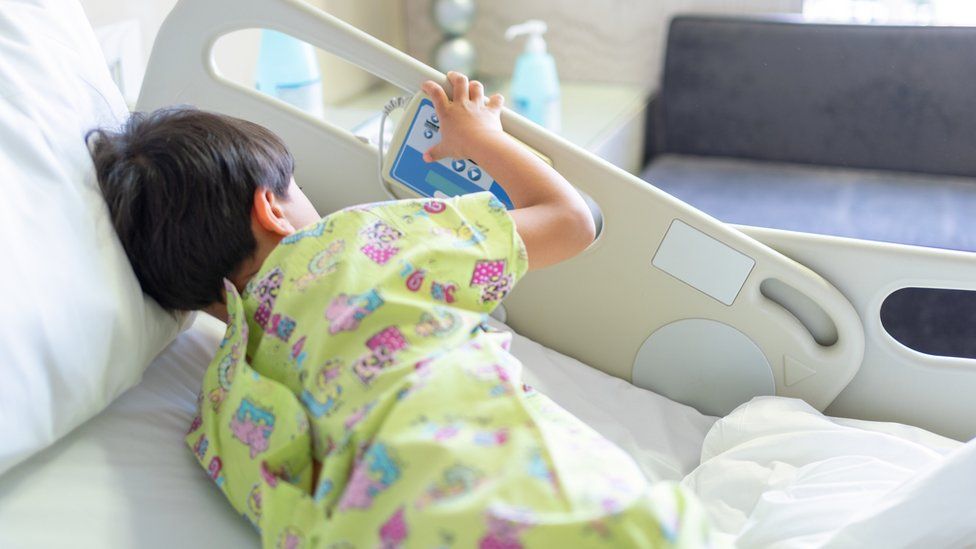The unexplained rise of hepatitis in previously healthy youngsters, which has left hundreds in need of life-saving liver transplants, has been closely monitored by the World Health Organization (WHO).
Since the epidemic was originally discovered on April 5, 35 nations in five different parts of the world have already reported more than 1,010 probable instances of unexplained severe acute hepatitis, or liver inflammation, in young people.
“As of 8 July 2022, 35 countries in five WHO Regions have reported 1010 probable cases of severe acute hepatitis of unknown aetiology in children, which fulfill the WHO case definition, including 22 deaths. Since the previous Disease Outbreak News published on 24 June 2022, 90 new probable cases and four additional deaths have been reported to WHO. Additionally, two new countries, Luxembourg and Costa Rica, have reported probable cases,” according to a new update on Wednesday from the World Health Organization.
So far, 22 children have died, and almost half of the probable cases have been reported in Europe, where 21 countries have registered a total of 484 cases.
This includes 272 instances in the United Kingdom, which accounts for 27% of the global total. The Americas, with a regional total of 435 cases, follows next, with 334 cases in the United States accounting for a third of the global total. The Western Pacific Region (70 cases), Southeast Asia (19), and the Eastern Mediterranean have the following greatest caseloads (two cases).
More than five suspected cases have been recorded in 17 countries, although the actual number of cases may be lower than that, in part because of the insufficient strengthened monitoring mechanisms in place, according to WHO.
According to the most recent assessment by the UN health agency, there is a “moderate risk” that this paediatric hepatitis outbreak may expand.
Also Read: Mystery child hepatitis outbreak crosses 1,000 logged cases: WHO
The most frequently reported symptoms, out of 100 probable cases with clinical data, were nausea or vomiting (60% of cases), jaundice (53%), overall weakness (52%) and stomach discomfort (50 per cent).
Four days on average passed between the beginning of symptoms and admission to the hospital.
According to laboratory testing, the afflicted youngsters did not have hepatitis A through E. The UN health agency said that other infections, such as the coronavirus, were found in a handful of patients but that the data was insufficient.
Adenoviruses have been “the most often discovered pathogen” in instances of paediatric hepatitis, according to the WHO. These viruses are responsible for a wide range of ailments, including colds, fever, sore throats, and pneumonia.
Polymerase chain reaction (PCR) testing have discovered adenovirus in 52% of child hepatitis cases in Europe (193/368) while finding it in just 9% of cases (5/58) in Japan.
According to UN News, it’s probable that there are more cases of child hepatitis than we presently know about because most nations only have little adenovirus surveillance.
Follow Medically Speaking on Twitter Instagram Facebook





